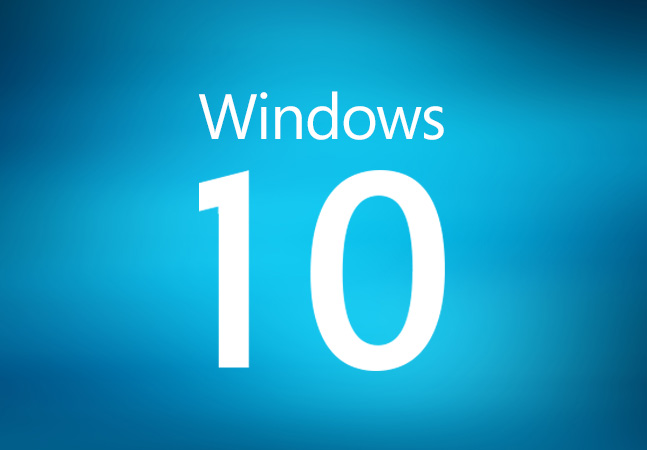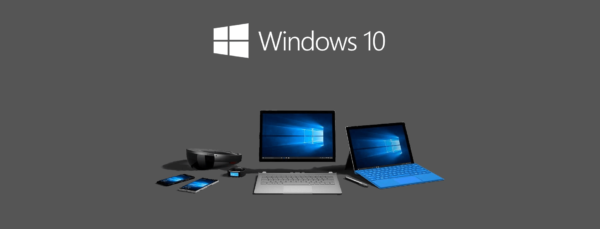

Before being paused, the update was reaching millions of users.Īfter being pulled, users were affected by a ZIP extraction fault, a file association problem, and an activation downgrade flaw.

However, version 1809 was quickly put on ice as the manual update was deleting personal user files. Microsoft initially launched the platform on October 2 alongside new Surface devices. Iconic for all the wrong reasons, the October 2018 Update had a host of issues. Perhaps the most iconic of all broken Microsoft updates is the Windows 10 October 2018 Update (1809). Of course, Microsoft has something of a history of rolling out buggy updates.
 Azure Stack Data Box, version 1809 (ASDB). Windows 10, version 1809 and Windows Server 2019. Windows 10, version 1607 and Windows Server 2016. That list now shows that the buggy KB5012170 update affects the following Windows versions: If this was an accident, why is Microsoft now listing Windows 22H2 builds under the update. This is a new development and it is unclear why Microsoft rolled out KB5012170 to newer Windows build when the company knows it is loaded with bugs. New Listingīoth updates are also listed on the support page for the update. Microsoft has now confirmed that it did indeed send the update to both Windows 11 22H2 and Windows 10 22H2. However, users of WindUpdate (22H2) have been reporting they are also receiving the KB5012170 update. It is worth noting that originally this update was supposed to be for Windows 11 and Windows 10 users running the 21H2 release, which was the update for the latter half of 2021. Users were noticing the update was forcing BitLocker into recovery mode.Īgain, Microsoft offered a workaround but the problem is still listed on the Windows Health Dashboard. That did not really work as a couple of weeks later there was another issue in the same KB5012170 package. At the time, Microsoft was telling users to update UEFI to work around the issue. Microsoft’s fix was causing issues because it would not install, showing the error code “0x800f0922”. However, this fix has been causing issues and Microsoft now admits it sent out a buggy patch to the wrong Windows users. Within that cumulative update was a fix for a Secure Boot DBX GRUB vulnerability (KB5012170). Microsoft has confirmed that it accidentally sent out a buggy update to both Windows 11 (21H2) and Windows 10 (21H2) as part of August 2022 Patch Tuesday.
Azure Stack Data Box, version 1809 (ASDB). Windows 10, version 1809 and Windows Server 2019. Windows 10, version 1607 and Windows Server 2016. That list now shows that the buggy KB5012170 update affects the following Windows versions: If this was an accident, why is Microsoft now listing Windows 22H2 builds under the update. This is a new development and it is unclear why Microsoft rolled out KB5012170 to newer Windows build when the company knows it is loaded with bugs. New Listingīoth updates are also listed on the support page for the update. Microsoft has now confirmed that it did indeed send the update to both Windows 11 22H2 and Windows 10 22H2. However, users of WindUpdate (22H2) have been reporting they are also receiving the KB5012170 update. It is worth noting that originally this update was supposed to be for Windows 11 and Windows 10 users running the 21H2 release, which was the update for the latter half of 2021. Users were noticing the update was forcing BitLocker into recovery mode.Īgain, Microsoft offered a workaround but the problem is still listed on the Windows Health Dashboard. That did not really work as a couple of weeks later there was another issue in the same KB5012170 package. At the time, Microsoft was telling users to update UEFI to work around the issue. Microsoft’s fix was causing issues because it would not install, showing the error code “0x800f0922”. However, this fix has been causing issues and Microsoft now admits it sent out a buggy patch to the wrong Windows users. Within that cumulative update was a fix for a Secure Boot DBX GRUB vulnerability (KB5012170). Microsoft has confirmed that it accidentally sent out a buggy update to both Windows 11 (21H2) and Windows 10 (21H2) as part of August 2022 Patch Tuesday.







 0 kommentar(er)
0 kommentar(er)
